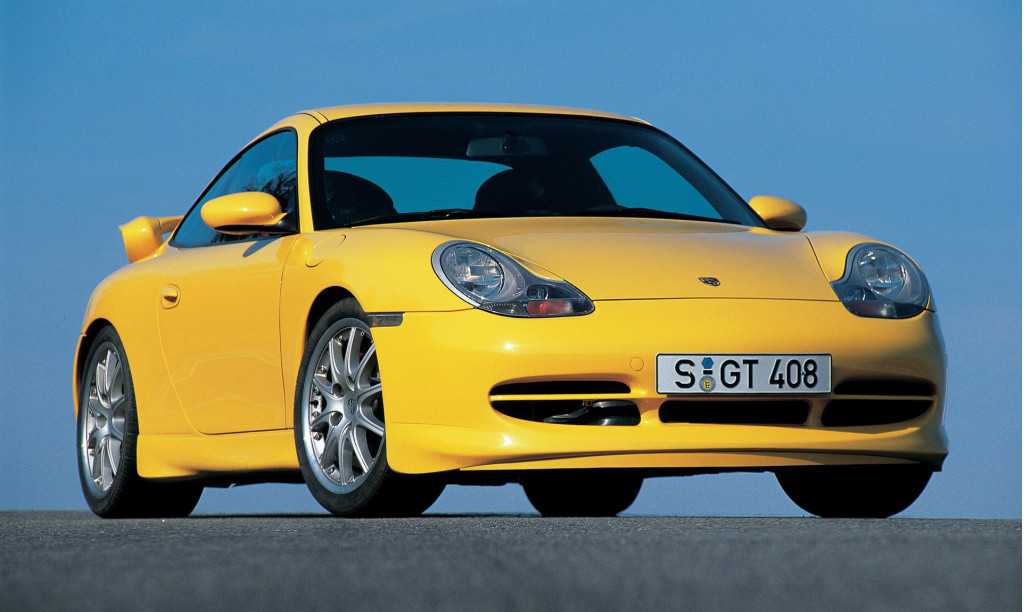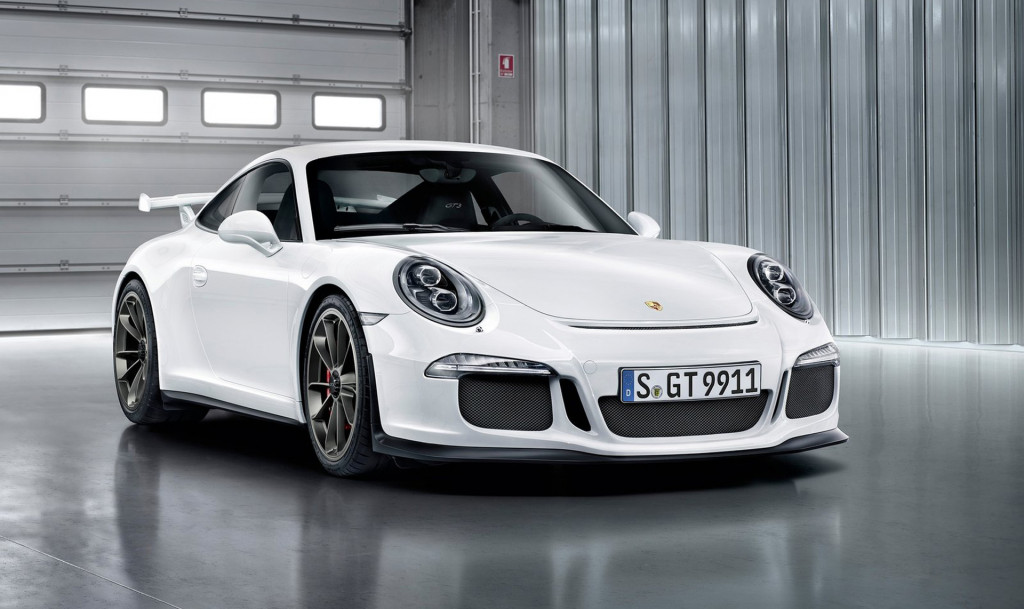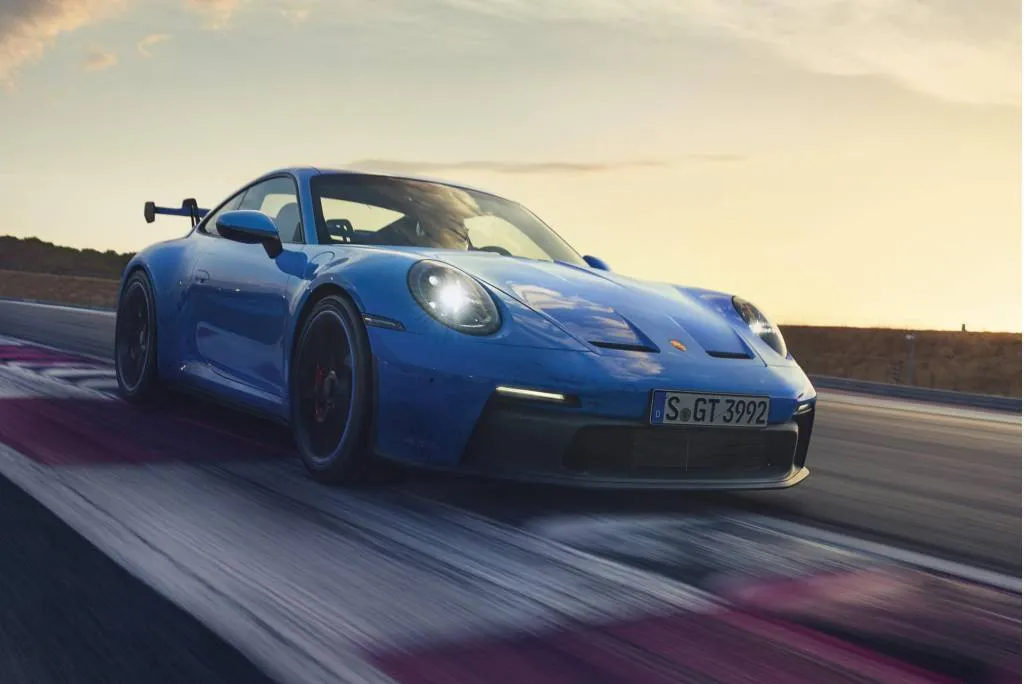- The primary Porsche 911 GT3 debuted on the 1999 Geneva auto present
- There have been 4 generations of the Porsche 911 GT3
- All generations have featured naturally aspirated engines and rear-wheel drive
The Porsche 911 GT3 has turned 25, and we have highlighted the 4 generations which have been launched to this point.
Born from racing however constructed for the road, the 911 GT3 represents an evolution of the lineage that started in 1973 with the unique 911 Carrera RS homologation particular.
And similar to the Carrera RS, the GT3, along with its extra hardcore GT3 RS cousin, are the vehicles most carefully associated to Porsche’s 911 racers. That is why they nonetheless run naturally aspirated engines and could be ordered with out most of the niceties you discover in different 911 variants. As Porsche places it, the GT3 continues the agency’s custom of constructing “pure, uncompromised sports activities vehicles.”
The fundamental recipe is rear-wheel drive, light-weight development, high-downforce aerodynamics, and a track-focused chassis. Porsche has caught to this for every era, and hopefully will achieve this sooner or later as nicely.

996 Porsche 911 GT3
The primary GT3 was based mostly on the 996-generation 911 and made its debut in 1999, at that 12 months’s Geneva auto present. It mixed a high-revving 3.6-liter flat-6 carefully associated to the engine utilized in motorsports, particularly the unit within the Le Mans-winning 911 GT1 monster.
Porsche’s check driver on the time, rally legend Walter Röhrl, drove the automotive across the Nürburgring in a time of seven:56.33, which was the primary time a manufacturing automotive had slipped beneath the 8:00 mark. It was a sensation on the time and nonetheless spectacular when you think about the automotive solely packed 355 hp. Sadly, People needed to wait one other 4 years to have their first style of the automotive, when an up to date model was launched.

997 Porsche 911 GT3
The second GT3 was based mostly on the 997-generation 911 and was unveiled in 2006. It caught to a 3.6-liter flat-6 however elevated energy to 415 hp. Adaptive dampers had been made a regular characteristic and the brakes had been enlarged considerably, particularly with the obtainable carbon-ceramic brake choice.
Additionally new to the automotive had been center-mounted exhaust suggestions, now a GT3 staple, in addition to a Sport mode that freed up the exhaust circulate and diminished severity of the traction management.

991 Porsche 911 GT3
The third GT3 was based mostly on the 991-generation 911 and made its debut in 2013. It represented a major departure from prior vehicles because it was the primary and not using a handbook transmission. As a substitute, Porsche determined to make a dual-clutch unit normal. This upset a number of the traditionalists so Porsche added the handbook transmission again with a barely tamer GT3 Touring that arrived in 2017.
There have been teething points within the automotive’s first 12 months. The brand new 475-hp 3.8-liter flat-6 skilled some fires in buyer fingers, fortuitously with no accidents reported. Porsche rapidly got here up with a repair and did the suitable factor by changing all engines within the vehicles it had already delivered. Ultimately, Porsche would improve to a 500-hp 4.0-liter flat-6 within the GT3 following a mid-cycle refresh.

992 Porsche 911 GT3
The fourth and present GT3 is predicated on the 992-generation 911 and made its debut in 2021. It carried over the 4.0-liter flat-6 of the earlier era, with its peak energy ranking coming in at 502 hp. The automotive supplied consumers the selection of a handbook or dual-clutch automated transmission from the get-go.
A key change was the fitment of a double-wishbone entrance axle, which was tailored from the suspension of the 911 RSR endurance race automotive. It improves lateral stability of the GT3’s entrance finish and unites the entire automotive in a method the outgoing mannequin wanted. There’s additionally no lacking the rear wing which launched swan neck struts for the primary time, a design that maximizes the floor space of the decrease aspect of the wing, which means extra low stress air and because of this extra downforce.


